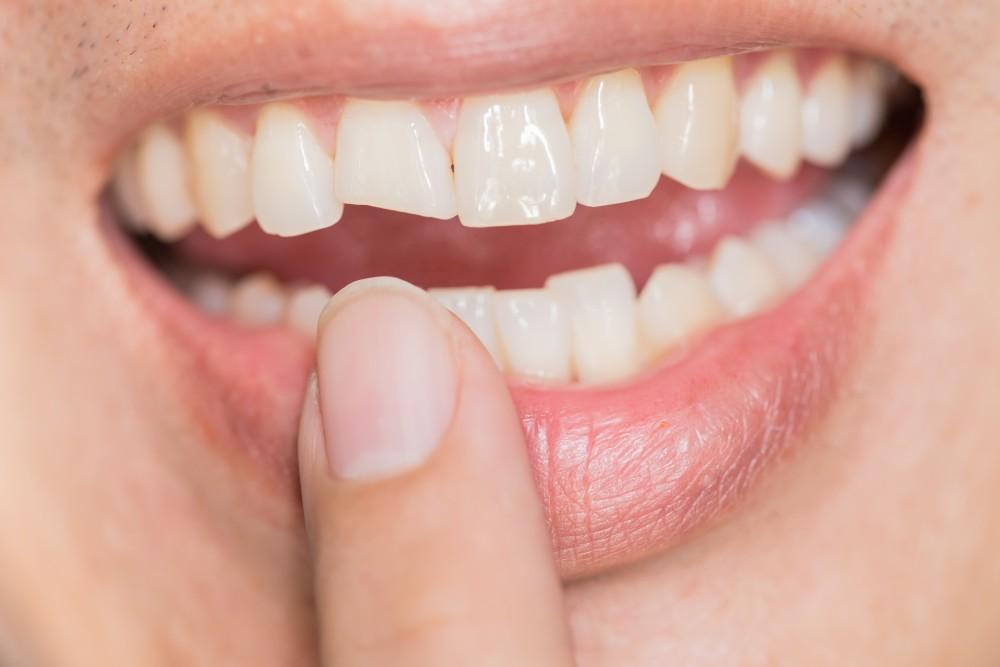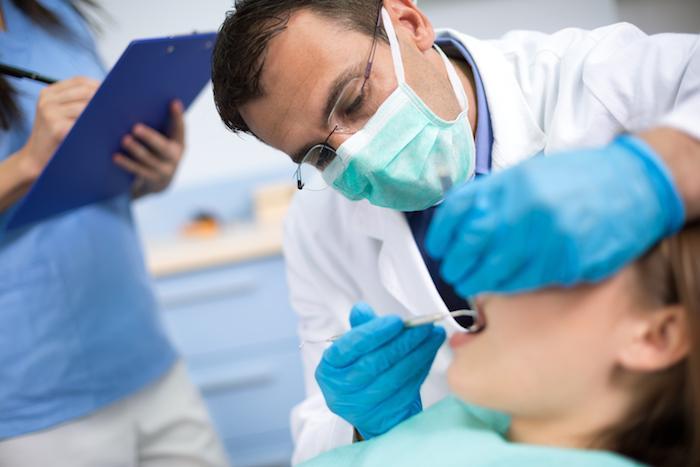
A deep dental cleaning goes above and beyond routine cleanings that you receive during semi-annual visits to the dentist. A deep cleaning is an intensive procedure you should have if you’re beginning to develop gingivitis (gum inflammation), gum recession, or a severe case of periodontal disease.
Drs. Saeed Mokhayeri and Hengameh Safarcherati of Arya Dental in Fullerton, CA, offer this powerful periodontal treatment that can protect and refresh your mouth. Here’s what you can expect from a deep dental cleaning.
Deep dental cleaning explained
Tooth scaling and root planing make up the bulk of a deep dental cleaning. Relax. Neither involves surgery.
During teeth scaling, your dentist removes damaging plaque and tartar — the hardened plaque that can only be removed professionally — from your teeth’s surfaces and any pockets that formed between your teeth and gums. If you have gum disease, the pockets can be deep, which promotes bacterial growth.
During root planing, we smooth the roots of your teeth to allow your gums to better adhere to your teeth.
A deep dental cleaning can take several visits to complete. If your gums are sensitive, we can give you a local anesthetic to eliminate pain.
Why you might need a deep dental cleaning
Your dentist might suggest a deep dental cleaning to treat advanced periodontal disease or to prevent the progression of gum inflammation so it doesn’t develop into full-blown periodontal disease.
Why you should pay attention to your gums
Infection-causing oral bacteria don’t just lay around in your mouth. Bacteria travel through your bloodstream and can cause serious illness. Periodontal disease has been linked to:
- Diabetes
- Heart disease
- Stroke
Untreated gum disease and inflammation caused by an untreated infection also put your body at risk for tooth loss. In fact, gum disease is the #1 contributor to tooth loss.
Gum disease can wreck your looks and breath, too. Bacteria living on your teeth and in the deep pockets of your gums can create bad breath and tooth stains.
What a deep dental cleaning feels like
During a deep dental cleaning, we often use an ultrasonic scaling tool that irrigates your teeth and gums. The tool also applies an antimicrobial agent under your gums that kills bacteria.
During root planing, we smooth the roots of your teeth with another special tool. Last, we apply antibiotics to gum pockets. This eases discomfort and guards against the return of bacteria.
During your follow-up and future appointments, we monitor your teeth and gums very closely. To learn more about deep dental cleaning, call our office at 714-646-9546, or use our online booking tool.






